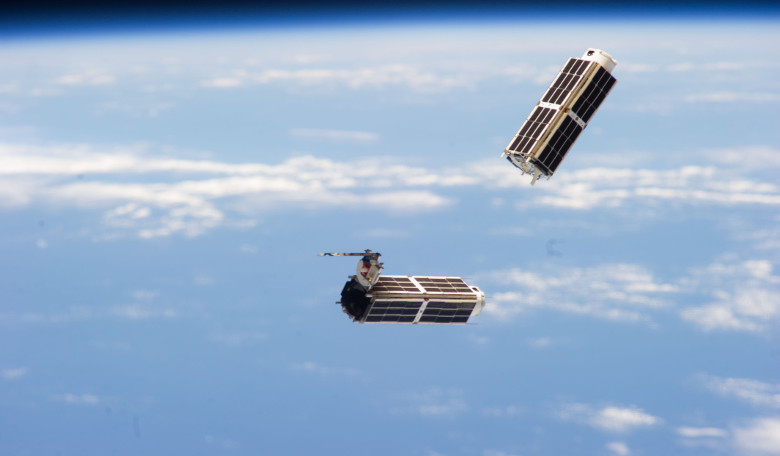Orbital Access Limited (OAL), is a UK based launch systems and aerospace services business, and its latest small sat market forecast for the period 2017 to 2036 identifies mega-constellations such as OneWeb, SpaceX and Planet Labs as the largest growth driver. While microsatellites (11-200kg) are becoming the standard mass classification for mega-constellations, the report identifies that nanosatellites (1.01-10kg) will take the greatest share of payload masses.
This drive in the market is mainly down to two reasons; the huge initial demand for LEO satellites followed by a constant need to resupply the units due to their increasingly short design life.
Technology also has a role to play as the miniaturisation of satellites allows smaller spacecrafts to operate with the same capabilities as their larger counterparts, while the increase of commercial off-the-shelf units and parts significantly reduces the cost of satellites eliminating the need for custom built products. That said, with the estimated cost of a cube satellite as low as $35,000 a trend for personalised satellites is likely to emerge during the next couple of decades.
All of this serves to boost the debris mitigation problem that is already becoming apparent to those in the industry. The report specifies that satellite congestion will become an issue towards the end of the prediction period, when the large number of satellites launched to mid altitudes will push satellite operators to higher orbits.
The only thing slowing down progress at the moment is a lack of transport to get the satellites into LEO. Arianespace for example, has a backlog of 58 launches. It is therefore anticipated that a new generation of launch systems will also have a significant impact on the industry by providing far greater launch availability coupled with alternative orbits that would normally be too expensive to consider.
Orbits that are most likely to be taken up by commercial satellites are expected to aim for the 400km to 650km band, as it provides the best trade-off between the initial deployment cost against the life of the satellite in orbit.
Stuart McIntyre, chief executive officer, OAL said: "There can be no doubt that the small satellite market is growing rapidly showing an increased demand for small payload launches. In particular, mega-constellations represent a major shift in the market, where small cheap and easily replaceable units are taking over from the large, expensive and durable satellites of the past. Even at the less optimistic baseline level our study shows that we can expect to see strong growth for the satellite, satellite launch and satellite applications market over the next twenty years."











